The Scandalous Stories Behind These Royal Jewels
The sparkle of jewels and diamonds has fascinated kings and queens for thousands of years. Throughout the medieval era, royals tried to collect the rarest of these luxurious items, seldom caring about the manner in which they obtained them.
Here are several scandalous stories behind some of the most extravagant and luxurious pieces of jewelry ever worn by European royalty.
The Hope Diamond
One of the most recognizable pieces of royal jewelry is the stunning Hope Diamond, a 45.52-carat blue diamond that’s about the size of a pecan.
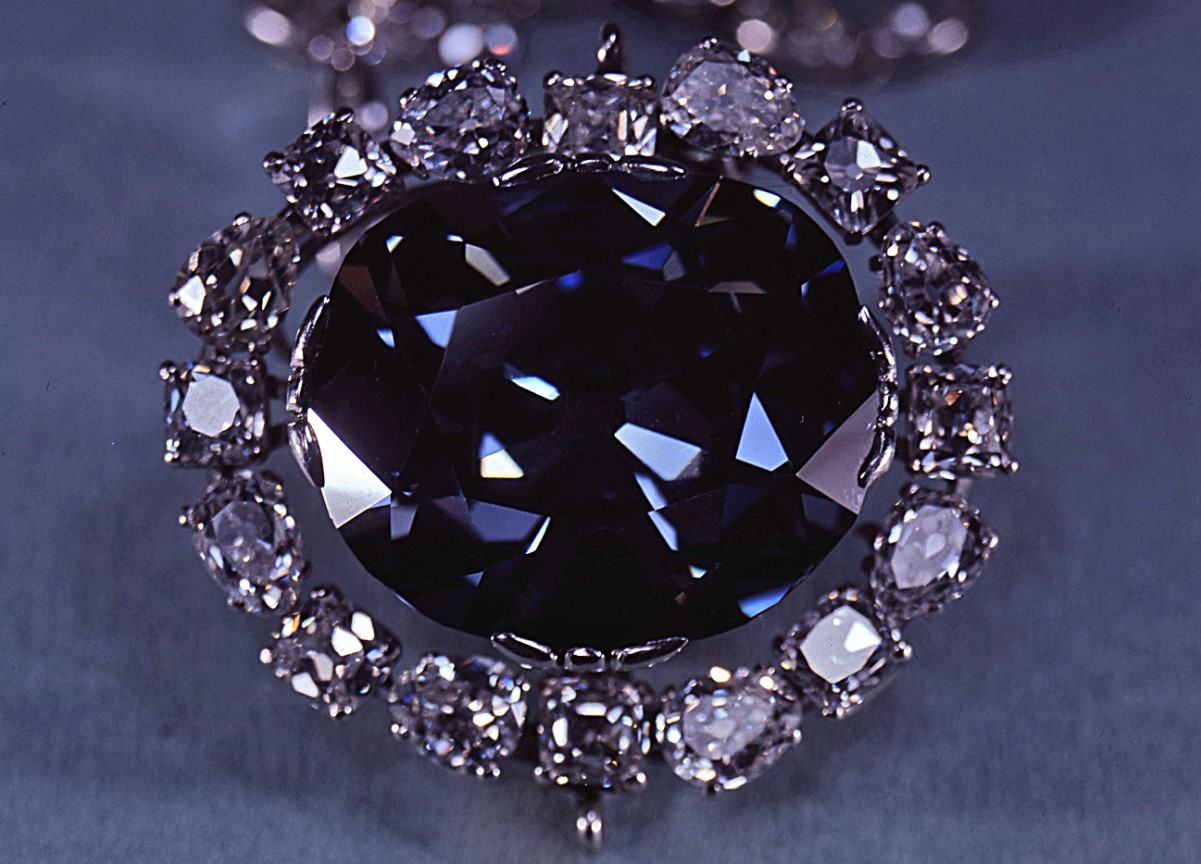
Source: Wikimedia Commons
Stories behind the stone’s origin suggest the original 112-carat diamond was snatched from a Hindu statue in India. Others postulate it came from the Kollur mine in Golconda (via The Smithsonian).
King Louis XIV Buys the Hope Diamond
Eventually, the extravagant diamond made its way into the hands of King Louis XIV of France in 1668. The royal purchased the elegant stone from a French merchant, Jean Baptiste Tavernier.
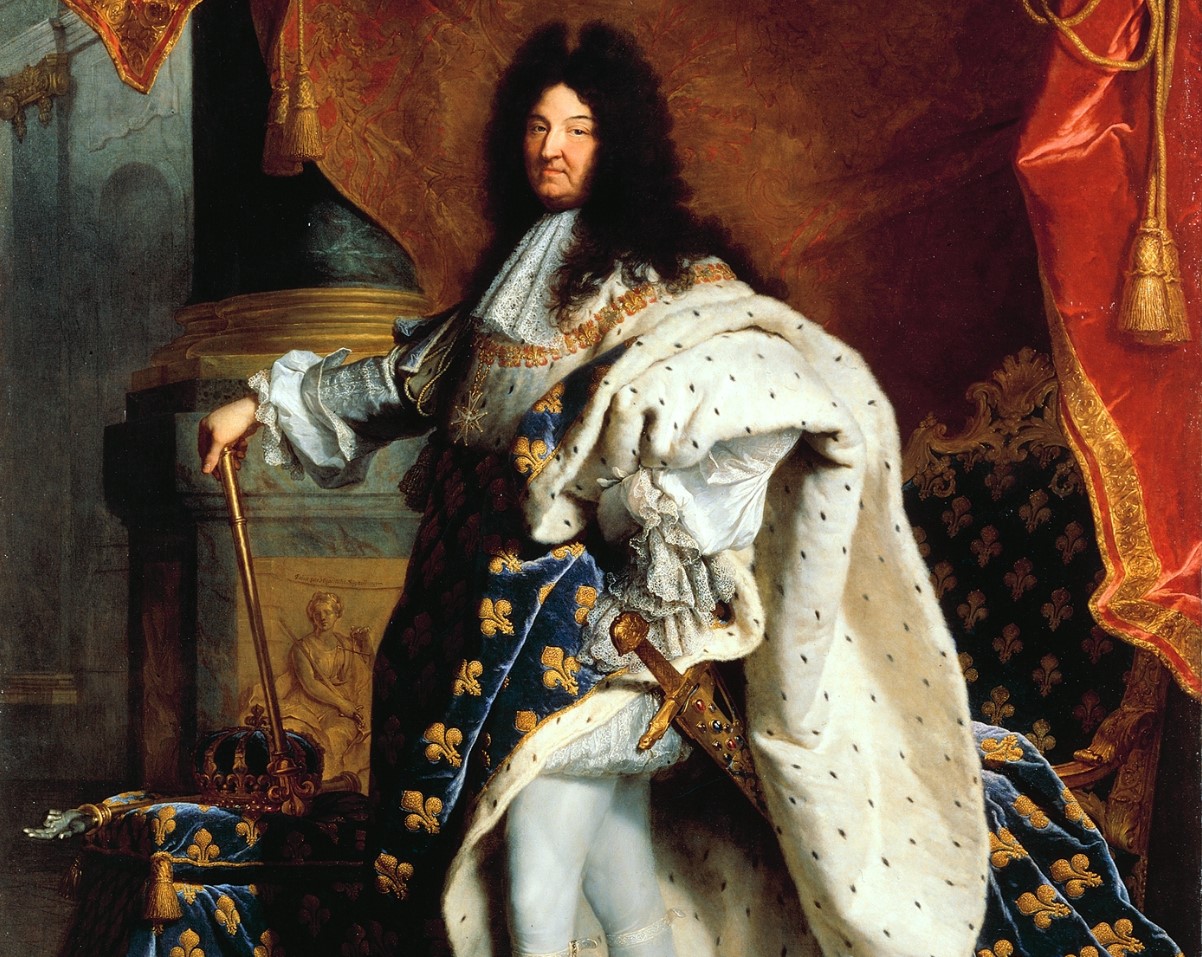
Source: Wikimedia Commons
Five years after the king purchased the stone, it was re-cut, which resulted in a 67-carat stone, and it was named the “Blue Diamond of the Crown.”
Legends of the Cursed Diamond
Legends suggest the stone had an evil curse associated with it. It was in the possession of Louis XIV when he died a painful death.
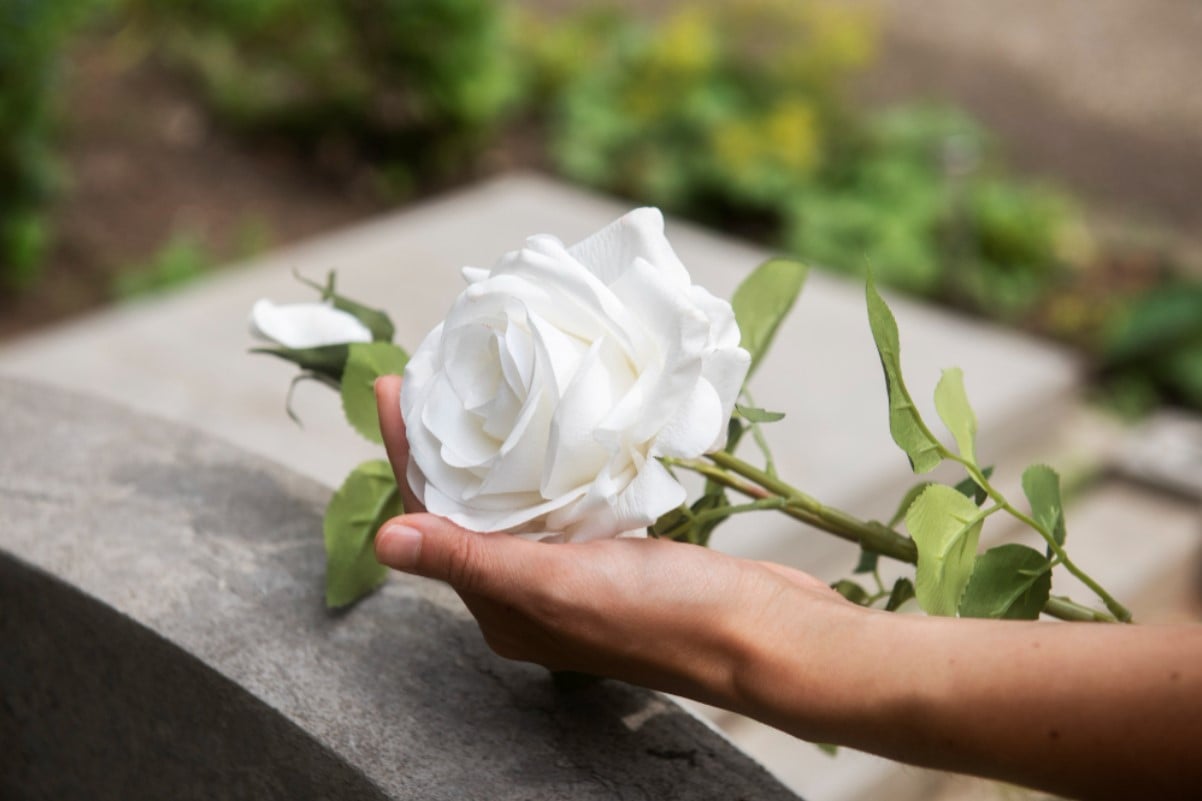
Source: Freepik
It later found its way into the hands of heiress Evalyn Walsh McLean, who tragically lost a son and a daughter after purchasing the rare diamond.
King George Forced to Sell the Blue Diamond
By 1830, it is thought the Blue Diamond, known today as the Hope Diamond, made its way into the hands of King George IV. By the time of his death, the king had raked up incredible debts, forcing his estate to sell the jewel.
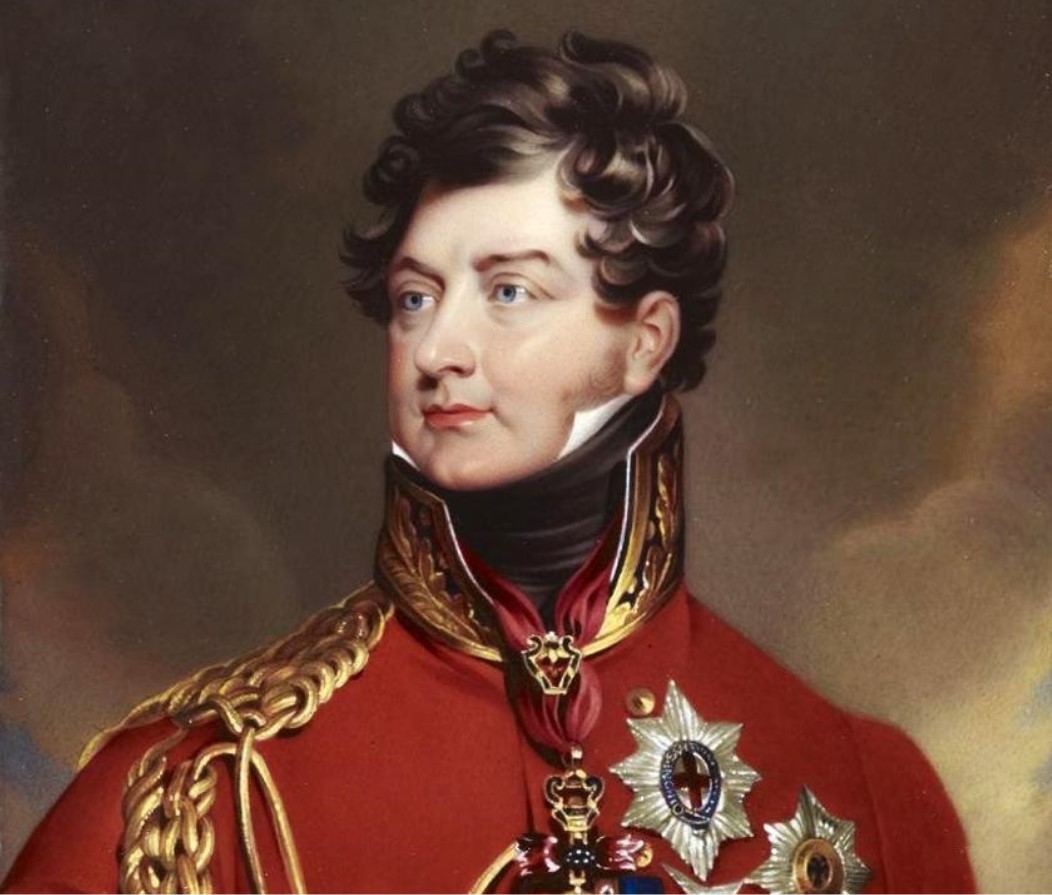
Source: Wikimedia Commons
Today, the Hope Diamond is housed in the Smithsonian, where it can no longer harm any of its owners. It remains one of the museum’s most popular items.
The Dancing Marquess Tiara
Henry Cyril Paget, the 5th Marquess of Anglesey, was known as a man of fine taste and strived to live a life of luxury.
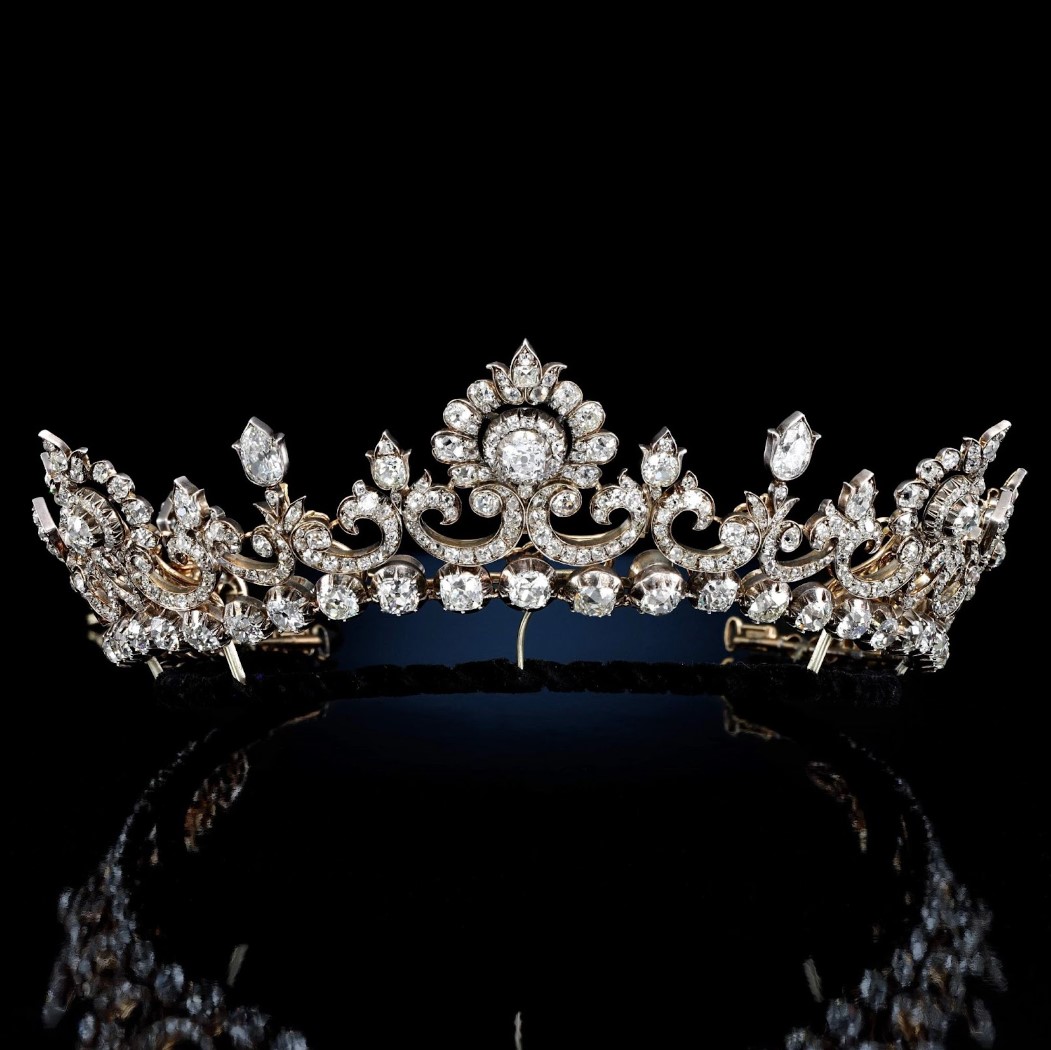
Source: Sotheby's
By his death at the beginning of the 20th century, Paget had run up a debt equivalent to $60 million in modern money. He spent thousands on clothes and plenty on parties, but his one true love was expensive jewels, including the fabled Dancing Marquess tiara.
Origin of the Extravagant Tiara
According to the BBC, the tiara was crafted sometime around 1890 and left to the flamboyant Paget after his father died in 1898.
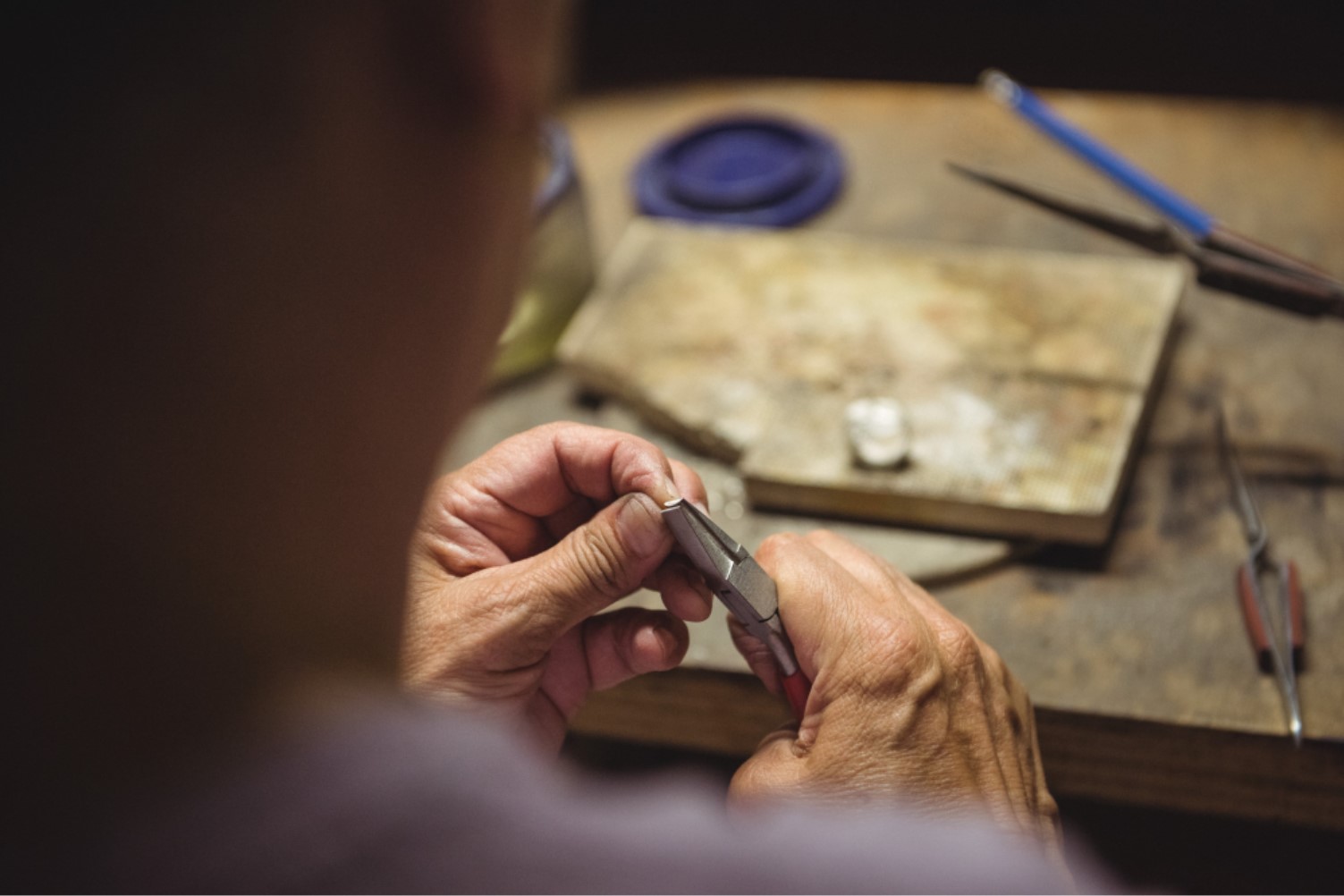
Source: Freepik
The unique piece consists of over 100 carats of old European diamonds that can be removed to form a beautiful necklace.
Troubled Life of Paget
With the extravagant piece, Paget inherited his father’s fortune, which is worth over $60 million today. Yet, he would go on to blow it all in less than five years before filing for bankruptcy.
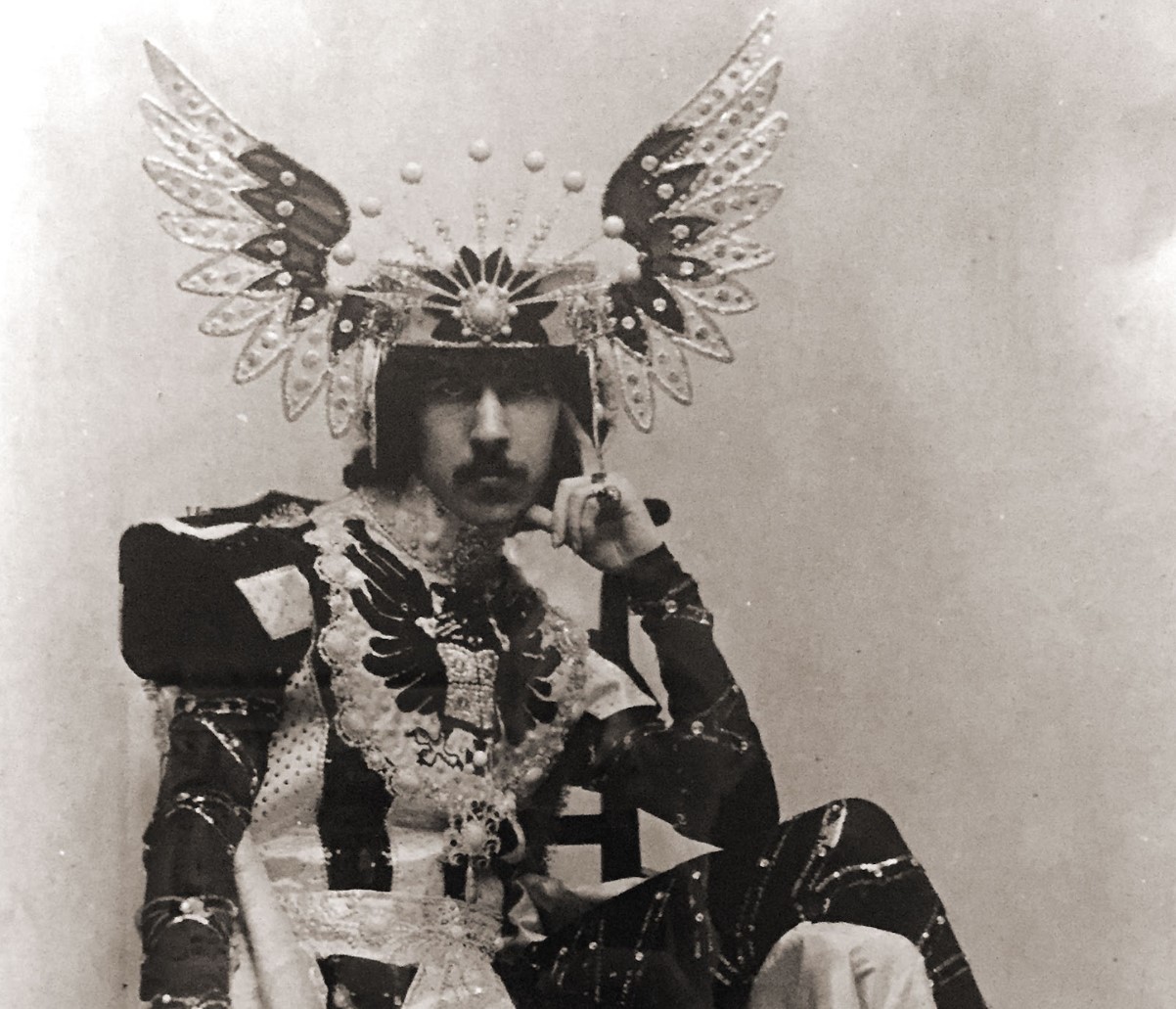
Source: Wikimedia Commons
He died just a few years later in Monte Carlo after complications from tuberculosis. Newspapers of the era deemed his young death a “wasted life” in 1905, per the BBC.
The Koh-i-Noor
As arguably the most famous diamond of modern history, the Koh-i-Noor has built up quite a reputation during its long 700-year history.
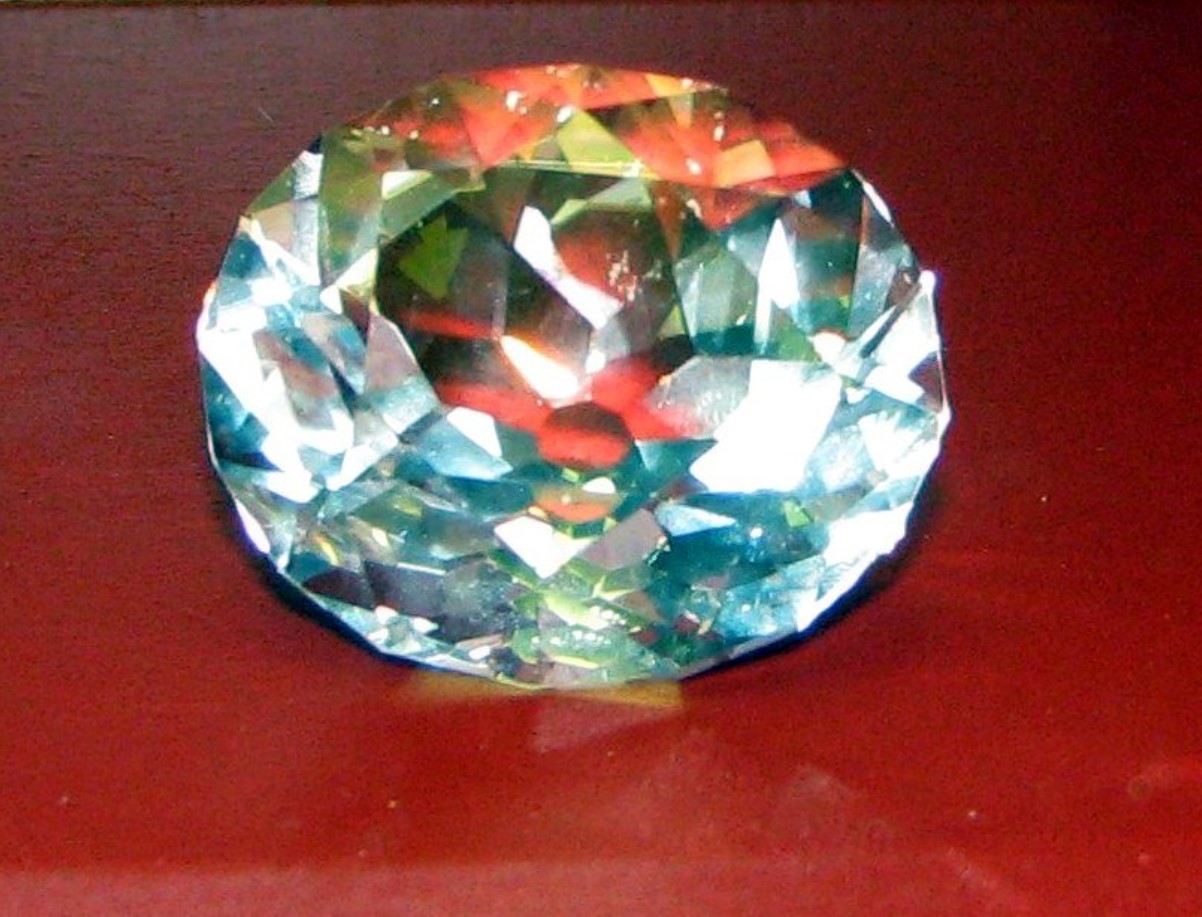
Source: Wikimedia Commons
The enormous 186-carat stone is roughly the size of an egg and is thought to date back to at least the 14th century in India.
Curses Placed Upon Mughal Rulers
Hindu texts claim, “Only God or a woman can wear it with impunity” (via Town & Country). Thus, the stone brought great misfortune to each Islamic Mughal ruler it came into contact with.
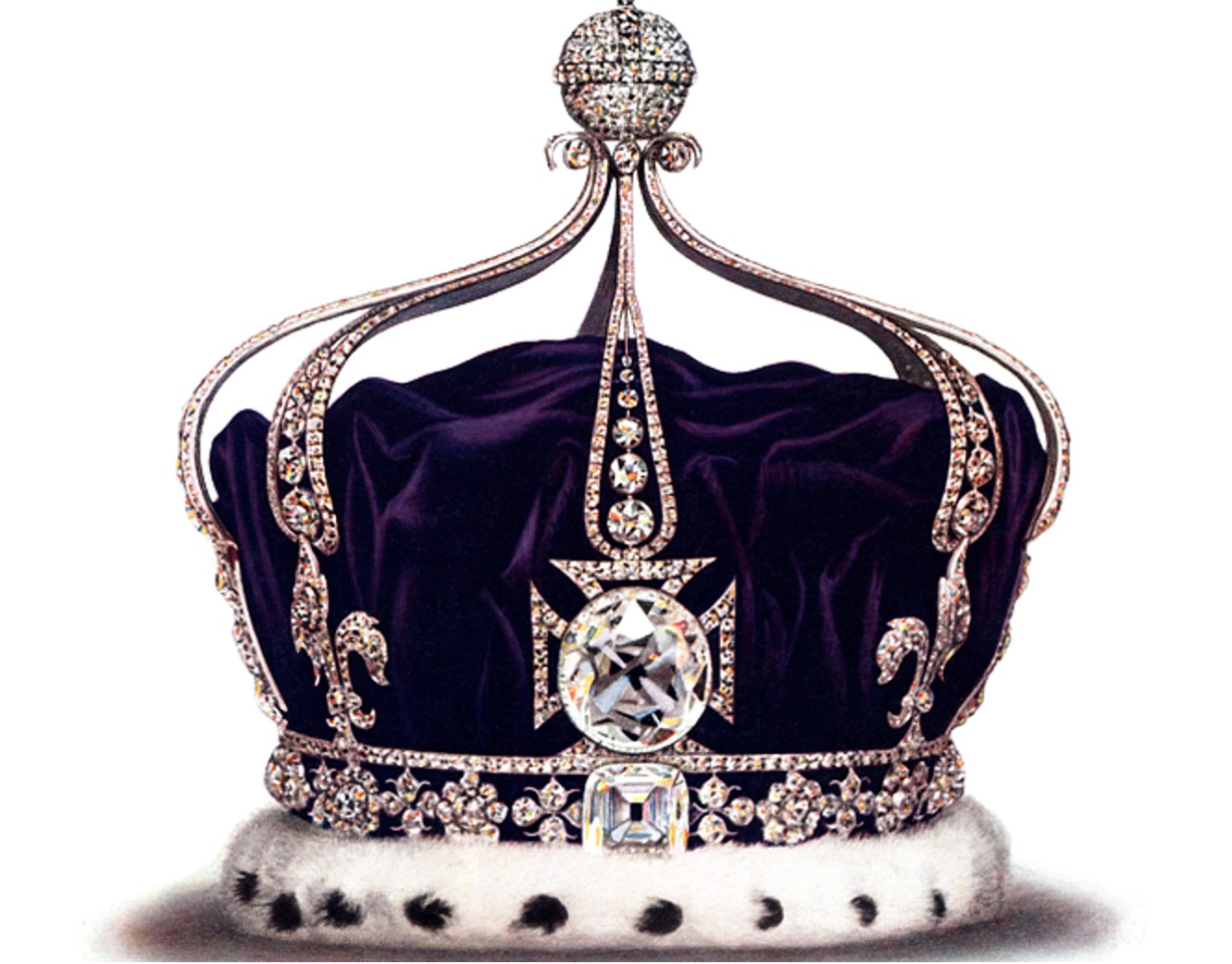
Source: Wikimedia Commons
Eventually, the stone was given to Queen Victoria, who had it set into the Imperial crown in 1911, where it remains to this day.
The Sancy Diamond
Legend has it that in the 14th century, a Venetian diamond cutter smuggled the yellow pear-shaped Sancy diamond to Italy from India (via Aureus Boutique).
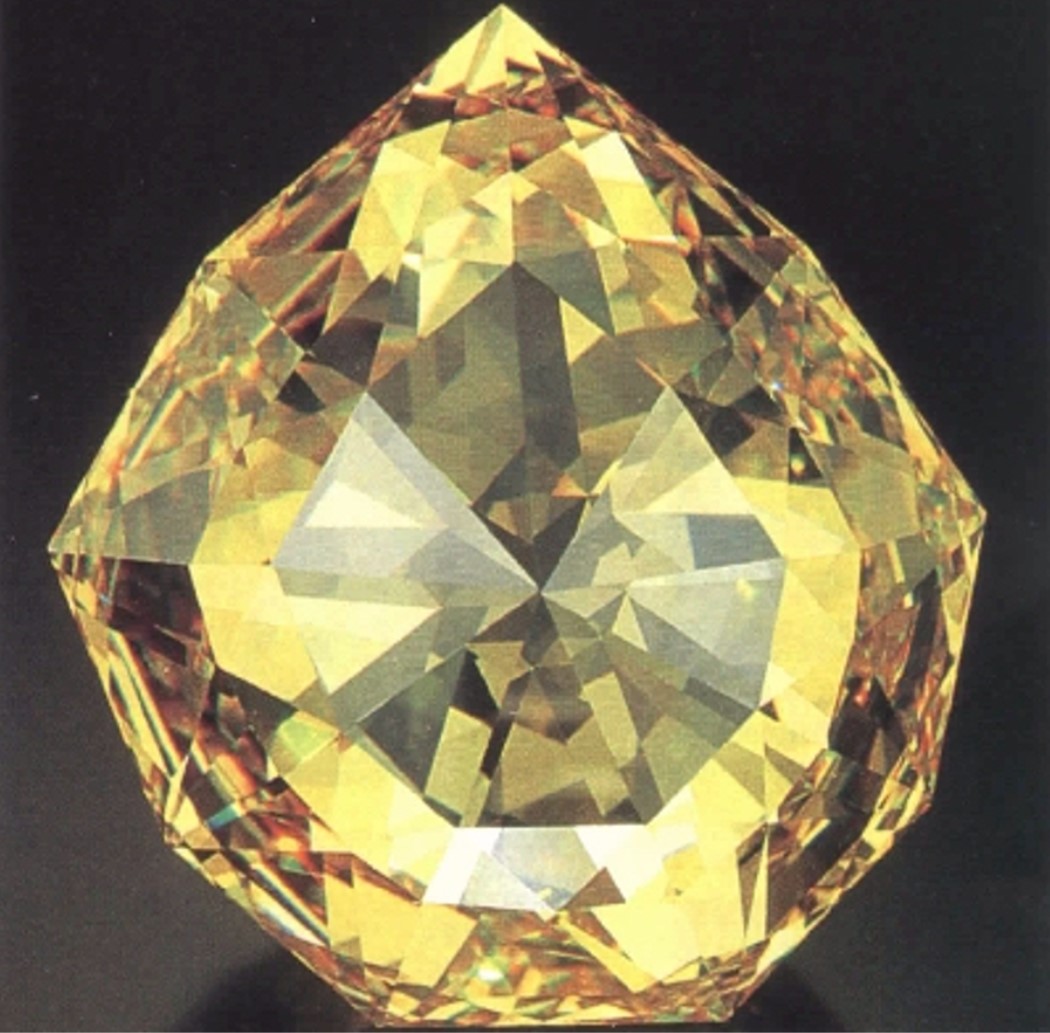
Source: RamseyGems
The owners associated with the diamond include notable royals, including Burgundy’s Charles the Bold, Charles I, King of England, and King Louis XVI of France. All three men suffered painful deaths shortly after acquiring the stone.
The Royals' Fascination with Expensive Stones
It’s safe to say royals have been avidly fascinated with diamonds and jewels throughout the centuries. Yet, more often than not, their expensive taste in precious jewels came with a hefty price: their life.
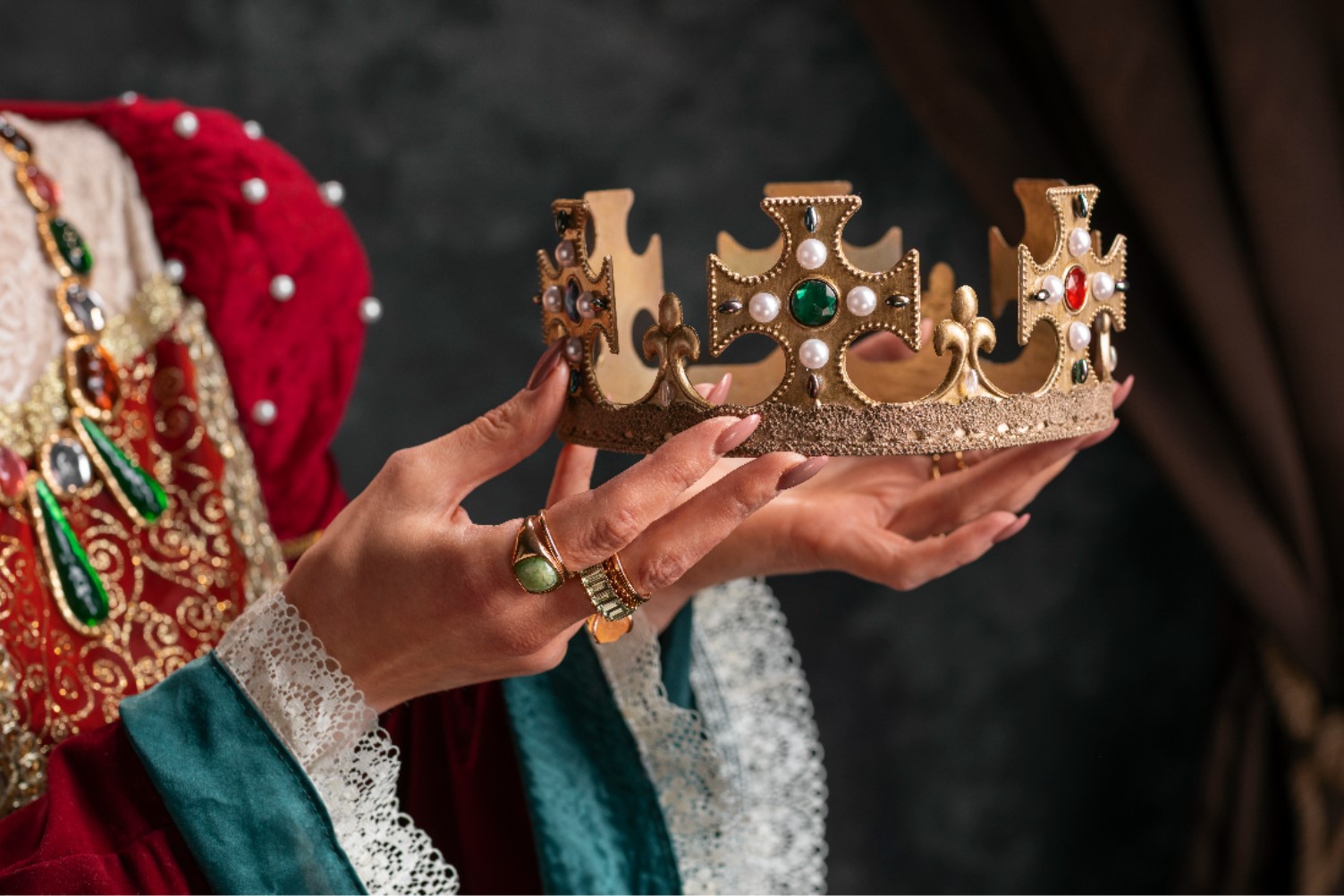
Source: Freepik
Whether or not you believe in curses, many of the royal owners of the world’s most precious jewels died horrible and unexplainable deaths.
